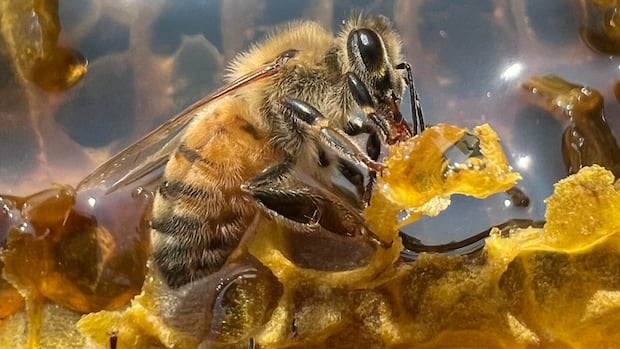Scientists find strongest evidence yet of life on an alien planet
In a groundbreaking discovery, scientists using the James Webb Space Telescope have uncovered compelling evidence of potential life beyond our solar system. By analyzing the atmosphere of an alien planet named K2-18 b, researchers have detected the presence of two gases, dimethyl sulfide (DMS) and dimethyl disulfide (DMDS), which are typically produced by biological processes on Earth.
While the scientists are not claiming to have found definitive proof of extraterrestrial life, they believe that these chemical signatures could indicate the presence of microbial organisms on K2-18 b. This revelation marks a significant milestone in the quest to identify life outside of our own planet and has sparked excitement within the scientific community.
Lead author of the study, astrophysicist Nikku Madhusudhan, described the findings as a potential turning point in the search for alien life. He emphasized the importance of approaching the discovery with caution and conducting further observations to confirm the presence of biological activity on K2-18 b.
K2-18 b is significantly larger than Earth and orbits a red dwarf star in the habitable zone, where conditions may be suitable for liquid water to exist on the planet’s surface. Previous observations by the James Webb Space Telescope had already identified methane and carbon dioxide in the planet’s atmosphere, further fueling speculation about its potential for hosting life.
Madhusudhan and his team believe that K2-18 b could be a “hycean world,” characterized by a hydrogen-rich atmosphere and a liquid water ocean capable of supporting microbial life. The detection of DMS and DMDS at concentrations thousands of times higher than those found on Earth lends credence to this hypothesis.
Despite the promising findings, scientists not involved in the study have advised caution and further scrutiny of the data. Christopher Glein, a principal scientist at the Southwest Research Institute, stressed the importance of independent verification to ensure the robustness of the observations.
To analyze the chemical composition of K2-18 b’s atmosphere, astronomers used the transit method, which involves studying the light from the planet’s host star as it passes in front of it. This technique allows researchers to identify the gases present in the planet’s atmosphere and gain insights into its potential for supporting life.
While the discovery of potential biosignatures on K2-18 b represents a significant step forward in our understanding of exoplanets, Madhusudhan emphasized the need for further research and verification. The ultimate goal, he stated, is to determine whether life exists on an Earth-like planet beyond our solar system.
As the scientific community continues to explore the possibility of alien life, Madhusudhan urged caution and an open-minded approach to interpreting the data. While the prospect of discovering extraterrestrial organisms is tantalizing, he emphasized the importance of rigorous investigation and a thorough evaluation of alternative explanations for the observed phenomena.




